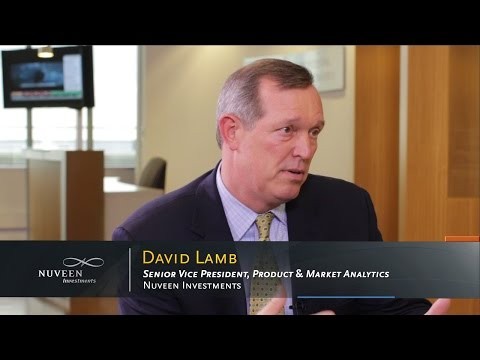5 ClosedEnd Funds Opening Doors to 6% Yield
Post on: 24 Июнь, 2015 No Comment

Recent Posts:
SPFF: A Preferred Way to Get Yield?
5 Closed-End Funds With 6%-Plus Yields
Many investors out there are familiar with mutual funds. After all, the way most of us invest is via a 401k where company-appointed administrators offer a limited menu of choices for us typically several mutual funds of varying flavor based on asset focus.
And since the rise of exchange-traded funds or ETFs, many investors have become accustomed to seeing these vehicles in the news along with the big mutual funds. After all, there is more than $100 billion in the SPDR S&P 500 ETF (NYSE:SPY ) alone and nearly $70 billion in the flagship SPDR Gold Trust (NYSE:GLD ).
But many investors might not be familiar with another kind of fund at their disposal closed-end funds.
A closed-end fund is a publicly traded investment company that invests in securities according to its investment objective. Such funds are referred to as closed-end because, once the initial capital is raised, there are typically no more shares available from the fund sponsor.
This structure differs from open-end mutual funds, which continually issue and redeem shares and are priced once a day at NAV. The structure also differs from ETFs, which are priced continually throughout the day but fundamentally must reflect the constituent companies and assets on which they are based.
Here are some features of closed-end funds:
- Fixed Capital: This is a plus in the eyes of some. Because closed-end funds raise their capital and then close the door, they have a fixed amount under management. That means no constant pounding of the pavement to manage inflows and outflows associated with open-end funds, and less distraction for management.
- Supercharged Dividends If Your Timing Is Right : Like other funds, there is an underlying net asset value that should always be watched to determine the value of closed-end funds. But because they trade on exchanges subject to market pressures, sometimes closed-end funds trade at discounts to their net asset value. That means you can juice your yield because the dividends are based on the underlying portfolio, not the market pricing. As a practical example, suppose you own a stock that yields a $1 dividend and trades for $40 a share. That’s a 2.5% yield. But what if a closed-end fund owned that stock and was trading at a 10% discount to its NAV? Then you would own that same stock for $36 a share (pricing in that 10% discount) for a yield of 2.8%.
- NAV as Overbought Indicator: Of course, the net asset value also can squeeze you on the other side of the dividend equation by overcharging you per share. But more importantly, any closed-end fund that is trading for significantly higher than its net asset value is like a stock with a nosebleed price-to-earnings ratio. Warning bells should go off, and unless you believe that some red-hot run is in order to bring actual assets above the valuation, you will want to steer clear or risk a correction in shares.
- Leveraged Returns: Many closed-end funds leverage returns with borrowed money a risky process, but something that can result in big returns. Some closed-end funds borrow short-term at just 1% to 2% interest rates, then buy higher-yielding long-term investments to increase profits. Just beware: This cuts both ways when interest rates start to climb, leveraged funds can lose money quickly.
There clearly are quirks to closed-end funds, but when used right they can help investors produce big returns and nice dividend yields.
3 High Yield Closed-End Funds That Focus on Stocks
Here are a few closed-end funds that focus on equities that are worth noting. These funds typically do not use leverage, since the rate spread from borrowing short-term and getting a yield long-term is mostly applicable to bond investing:
The Eaton Vance Tax-Managed Buy-Write Income (NYSE:ETB ) is a fund that uses options to increase income so you don’t have to. ETB focuses on common stocks using a “covered call” strategy. The fund doesn’t use leverage. This Eaton Vance closed-end fund currently holds big, well-known names like Exxon Mobil (NYSE:XOM ), Microsoft (NASDASQ:MSFT ) and Apple (NASDAQ:AAPL ). It’s a four-star fund as rated by Morningstar, and trades at a nearly 7% discount to its NAV right now. It also boasts a roughly 9% yield based on monthly distributions of 32.4 cents.














